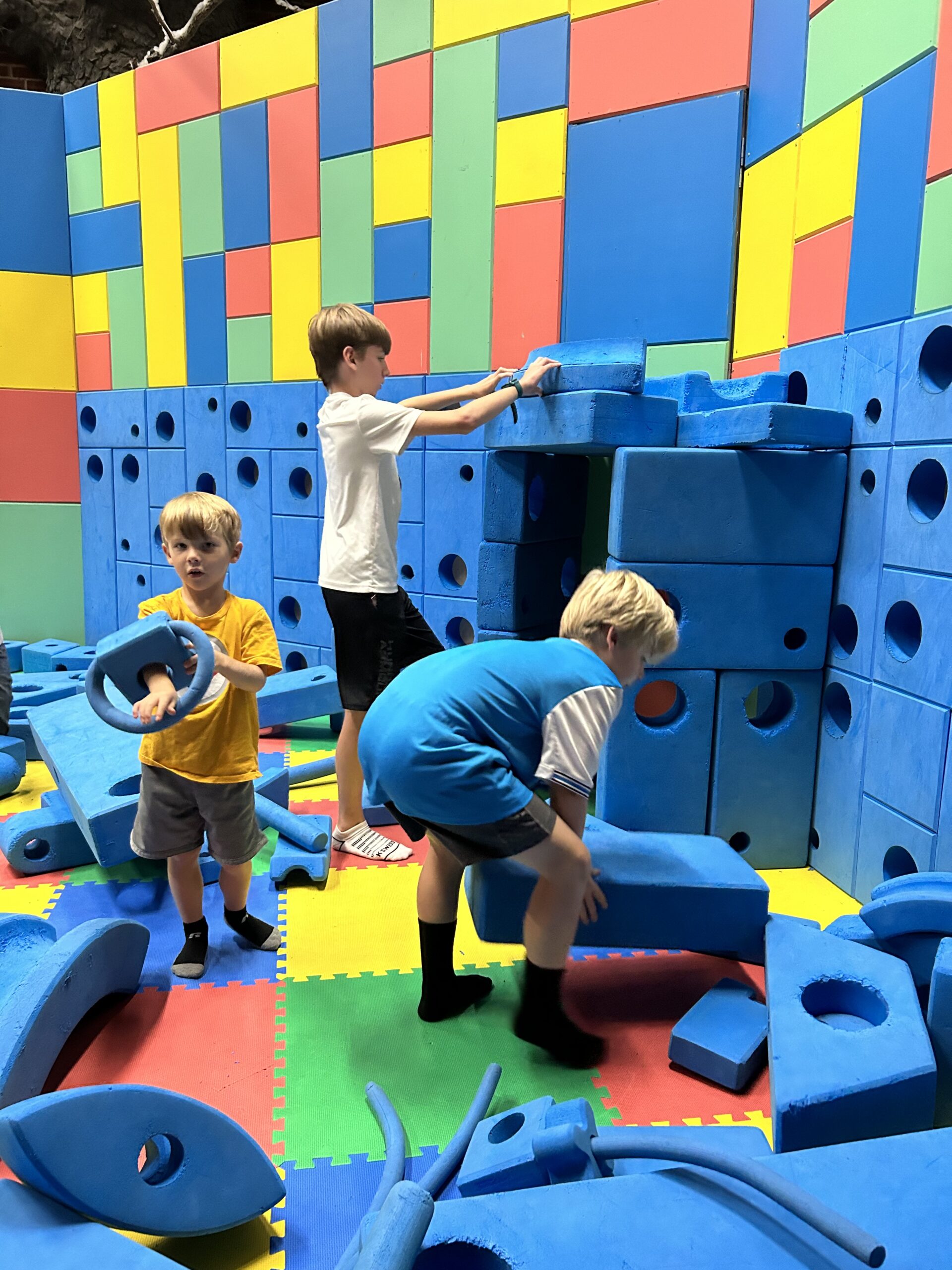Math talk is a way for students to communicate mathematical ideas and reasoning. It combines natural language with math vocabulary, which integrates the natural English language with different word meanings. Math vocabulary serves as an extension of natural language used to explain the results of a mathematical solution. Explanations include numbers, symbols, terms, and phrases.
Math Talk and its Development.
Dimensions Of Mathematical Language Found In Reasoning Questions
This is, however, understandable, as mathematical language can be complex and confusing. We can, therefore, teach children that certain terms have very specific connotations.
- There are many synonyms for calculating math problems. For example, the word instead for subtract, product for an answer, all together for add.
- Students must understand superlatives such as biggest, tallest, largest, and smallest.
- Other words with different meanings are round, product, factors, and prime.
- More words suggest comparisons are between, more/less than, each, share, in order, and sort.
- Students must be able to identify and explain why an answer is correct or wrong.
- Some verbs have mathematical meanings, such as remaining and left.
The incidental learning of language leads to a superficial understanding of mathematical language. It does not lead to mathematical proficiency. To achieve mastery, students need the proper vocabulary, which gives them a deep understanding of concepts. Math vocabulary lets students construct their knowledge.
Language, including mathematical language, needs to be explored through pictorial and abstract representations. Visualization gives students concrete learning. However, visual representation must not be one-dimensional. One-dimension refers to a concept with only one variable or coordinate.
Key Components of Vocabulary Instruction
Explicit vocabulary provides students with a rich language.
- Give students pictorial representations to define the vocabulary.
- Connect language to prior learning.
- Explain synonyms, comparative, and superlative terms and regularly use them interchangeably.
- Avoid using everyday language such as take, borrow, or transfer.
- Explain specific terms.
- Let students reason and discuss every lesson either verbally or in writing.
- Construct questioning that provokes thought and the use of key terms.
It’s important to give students the tools they need to use mathematical language. Thus enabling them the ability to reason.



